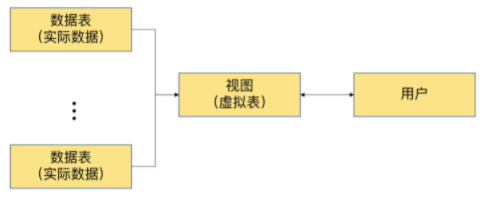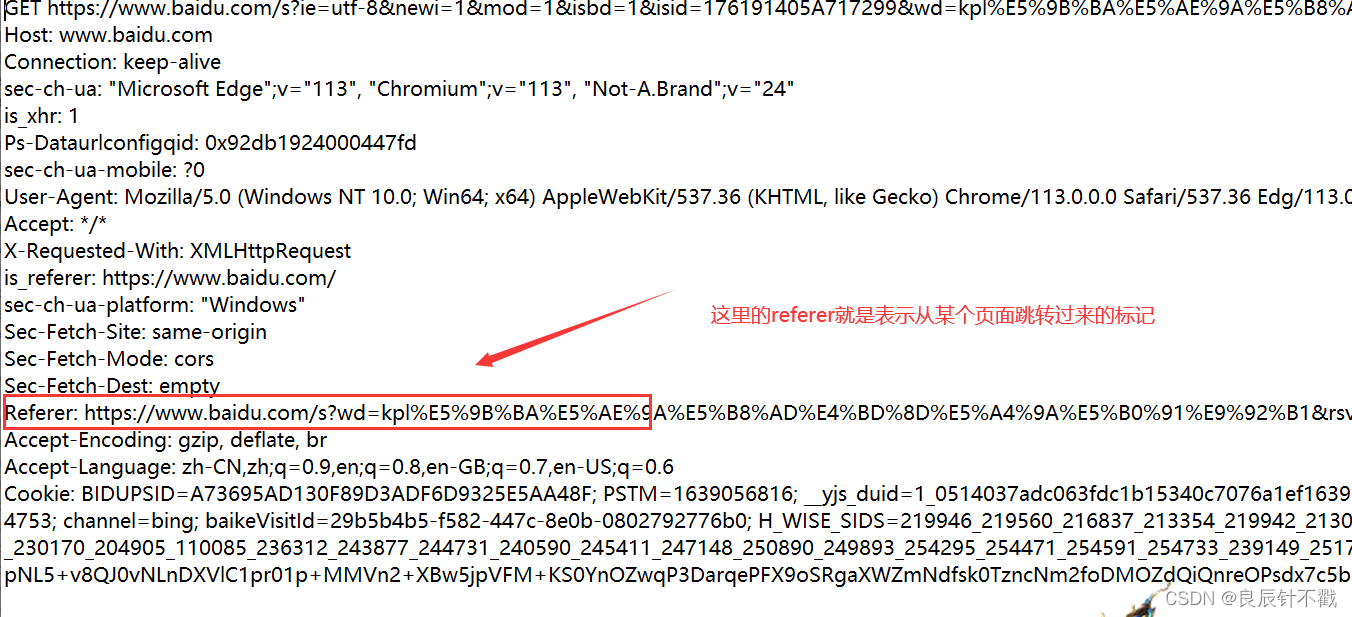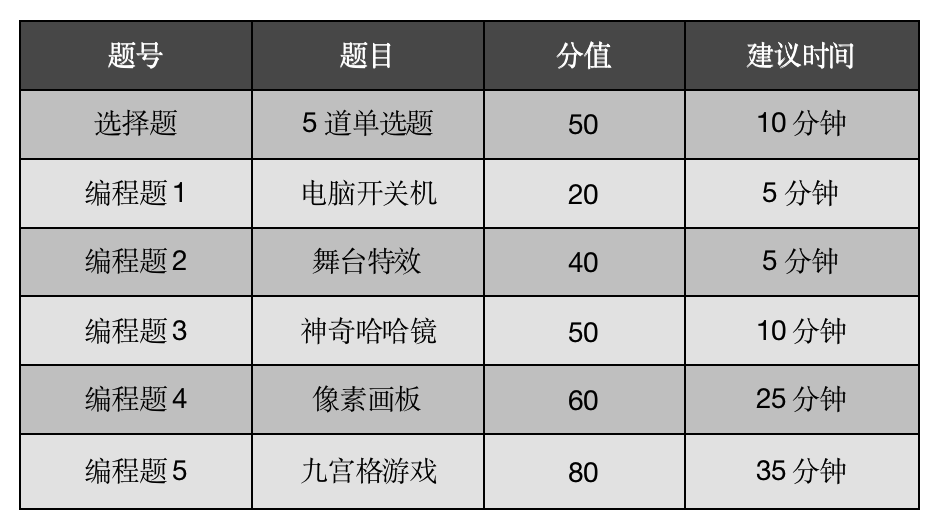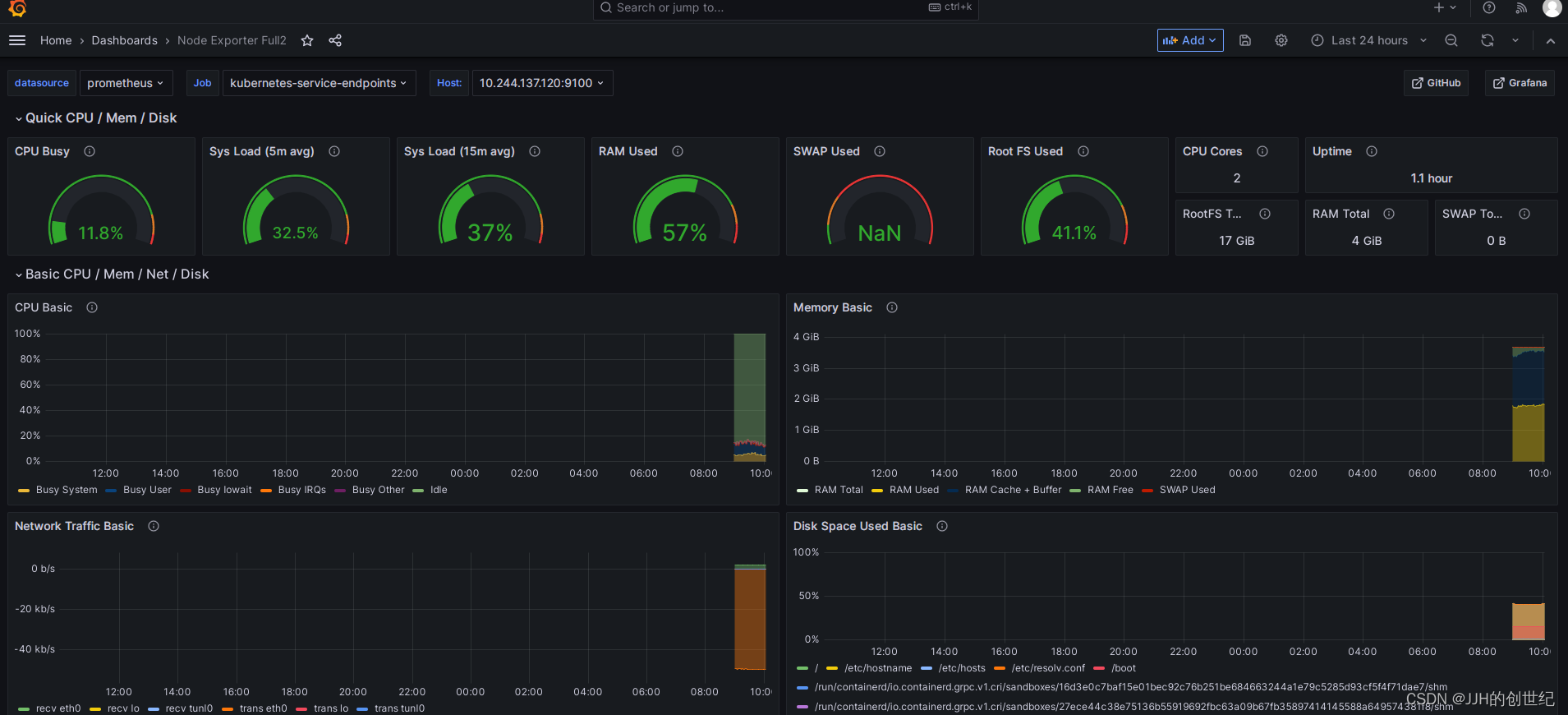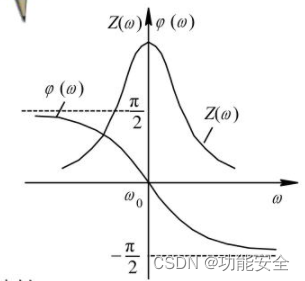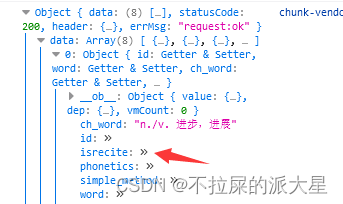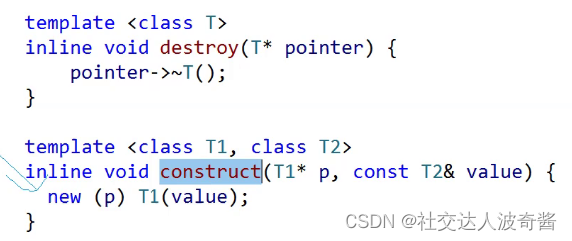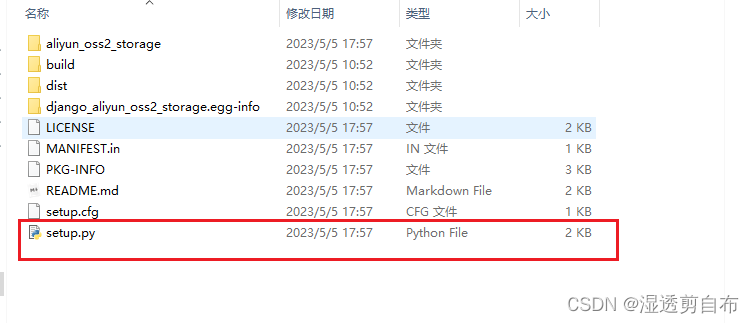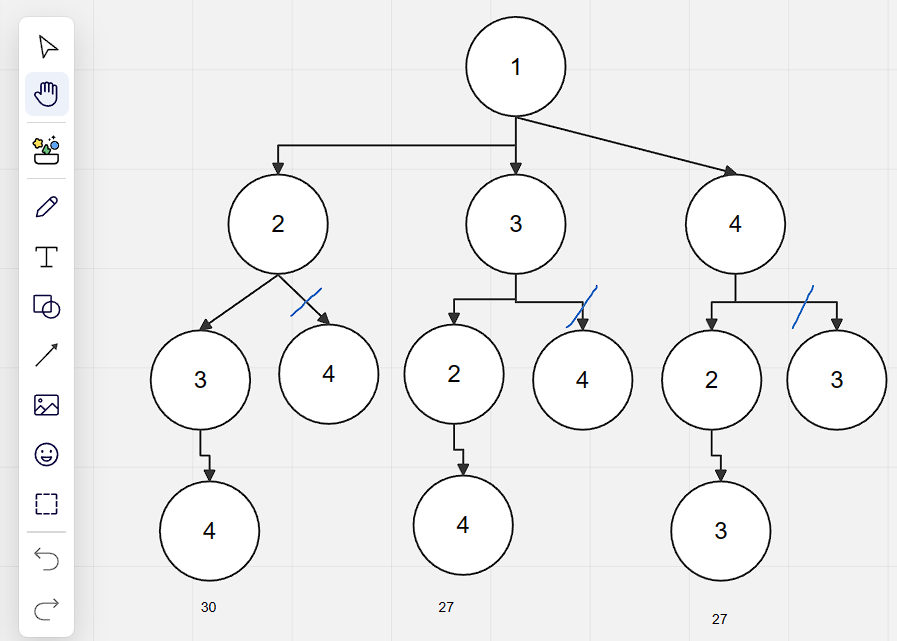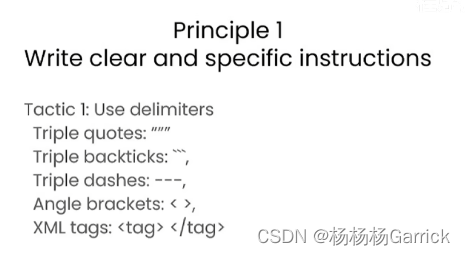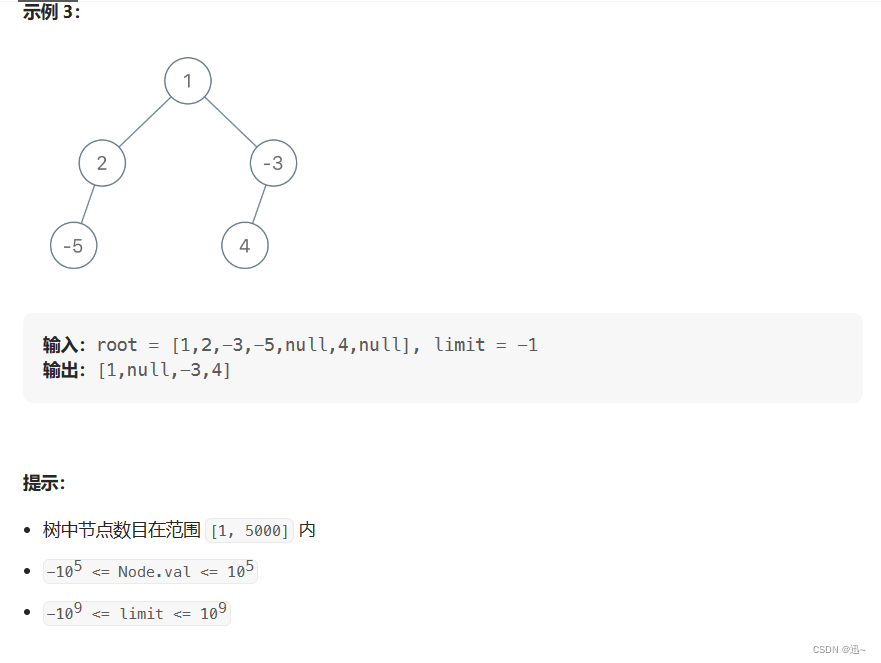一:最长回文子串(leetcode 5)
给你一个字符串 s,找到 s 中最长的回文子串。
如果字符串的反序与原始字符串相同,则该字符串称为回文字符串。
示例 1:
输入:s = "babad" 输出:"bab" 解释:"aba" 同样是符合题意的答案。
示例 2:
输入:s = "cbbd" 输出:"bb"
思路一:
暴力遍历字符串,得到所有符合结果,比较之后求出最长字符串,这种方法最好想到,但是会超时
C++:
class Solution {
public:
string longestPalindrome(string s) {
string res="";//存放结果
string temp="";//存放子串
for(int i=0;i<s.length();i++)
{
for(int j=i;j<s.length();j++)
{
temp=temp+s[j];
string tem=temp;//tem存放子串反转结果
std::reverse(tem.begin(),tem.end());//反转
if(temp==tem)
res=res.length()>temp.length()?res:temp;
}
temp="";
}
return res;
}
};

思路二:
双指针中心扩散法,设置左右指针start,end,遍历字符串,以当前遍历的位置向左右两端扩散,并判断start值是否=end的值,如果等于则继续判断,直至不等于,返回start和end指针之间的字符串长度,并判断是否为最长回文子串,最后输出start和end指针之间的字符即可
C++:
class Solution {
public:
string longestPalindrome(string s) {
int len=s.size();
if(len==0||len==1)
return s;
int start=0;//记录回文子串起始位置
int end=0;//记录回文子串终止位置
int mlen=0;//记录最大回文子串的长度
for(int i=0;i<len;i++)
{
int len1=expendaroundcenter(s,i,i);//一个元素为中心
int len2=expendaroundcenter(s,i,i+1);//两个元素为中心
mlen=max(max(len1,len2),mlen);
if(mlen>end-start+1)
{
start=i-(mlen-1)/2;
end=i+mlen/2;
}
}
return s.substr(start,mlen);
//该函数的意思是获取从start开始长度为mlen长度的字符串
}
private:
int expendaroundcenter(string s,int left,int right)
//计算以left和right为中心的回文串长度
{
int L=left;
int R=right;
while(L>=0 && R<s.length() && s[R]==s[L])
{
L--;
R++;
}
return R-L-1;
}
};

Python:
class Solution(object):
def longestPalindrome(self, s):
def palindrome(s, l, r):
while l >= 0 and r < len(s) and s[l] == s[r]:
l -= 1
r += 1
return s[l+1:r]
res = ''
for i in range(len(s)):
sub1 = palindrome(s, i, i)
sub2 = palindrome(s, i, i+1)
if len(sub1) > len(res):
res = sub1
if len(sub2) > len(res):
res = sub2
else :
res
return res 
复杂度分析
时间复杂度:O(n^2)
空间复杂度:O(1)
二:回文子串(leetcode 647)
给你一个字符串 s ,请你统计并返回这个字符串中 回文子串 的数目。
回文字符串 是正着读和倒过来读一样的字符串。
子字符串 是字符串中的由连续字符组成的一个序列。
具有不同开始位置或结束位置的子串,即使是由相同的字符组成,也会被视作不同的子串。
示例 1:
输入:s = "abc" 输出:3 解释:三个回文子串: "a", "b", "c"
示例 2:
输入:s = "aaa" 输出:6 解释:6个回文子串: "a", "a", "a", "aa", "aa", "aaa"
方法:双指针中心扩散法,即问题一的法二
C++:
class Solution {
public:
int countSubstrings(string s) {
int result = 0;
for (int i = 0; i < s.size(); i++) {
result += extend(s, i, i, s.size()); // 以i为中心
result += extend(s, i, i + 1, s.size()); // 以i和i+1为中心
}
return result;
}
int extend(const string& s, int i, int j, int n) {
int res = 0;
while (i >= 0 && j < n && s[i] == s[j]) {
i--;
j++;
res++;
}
return res;
}
};
Python:
class Solution:
def countSubstrings(self, s: str) -> int:
result = 0
for i in range(len(s)):
result += self.extend(s, i, i, len(s)) #以i为中心
result += self.extend(s, i, i+1, len(s)) #以i和i+1为中心
return result
def extend(self, s, i, j, n):
res = 0
while i >= 0 and j < n and s[i] == s[j]:
i -= 1
j += 1
res += 1
return res
总结:巧妙利用双指针,从中心扩散进行求解,下面附上原来做的一道最短回文串的链接
最短回文串_小梁今天敲代码了吗的博客-CSDN博客


